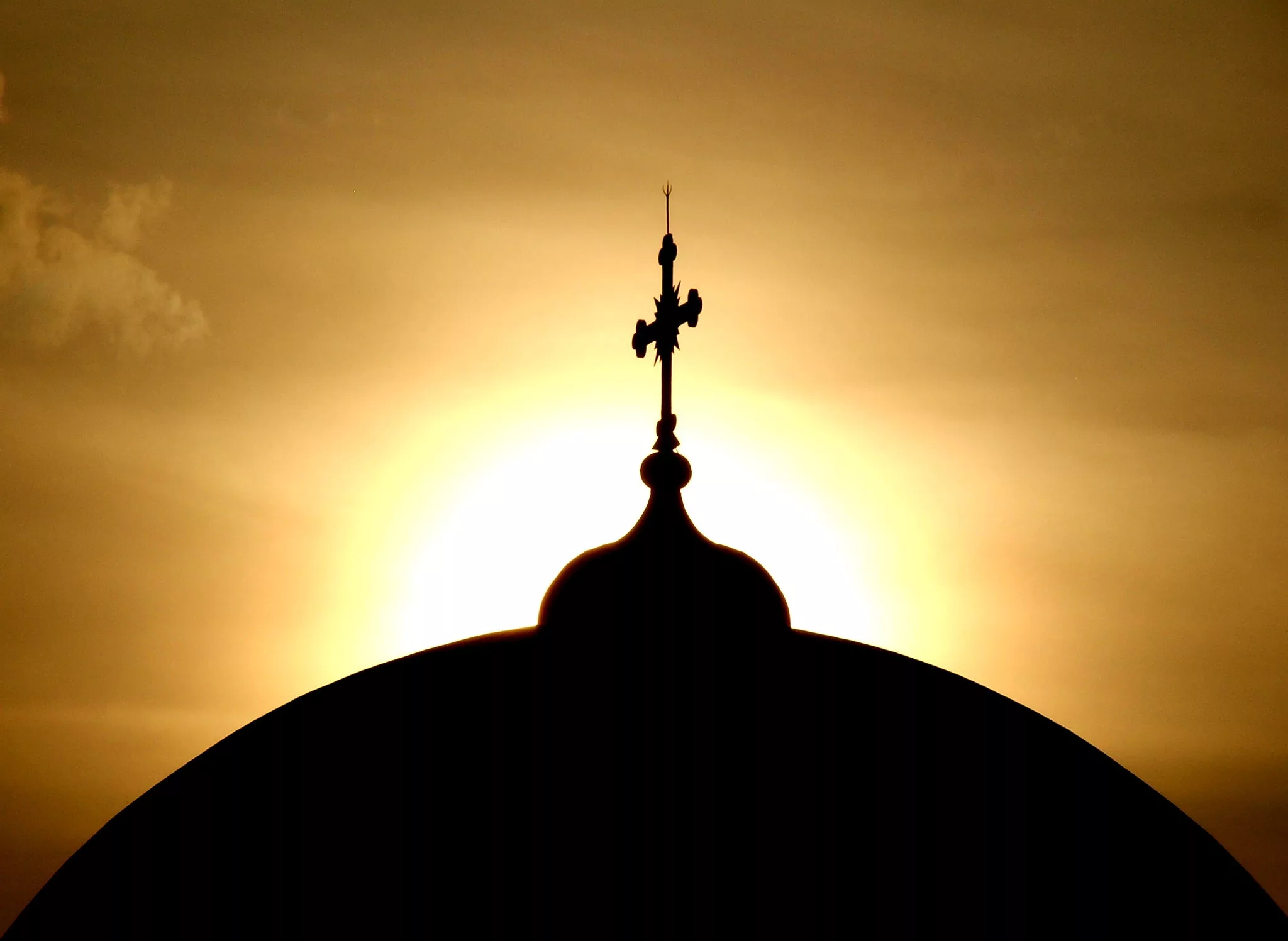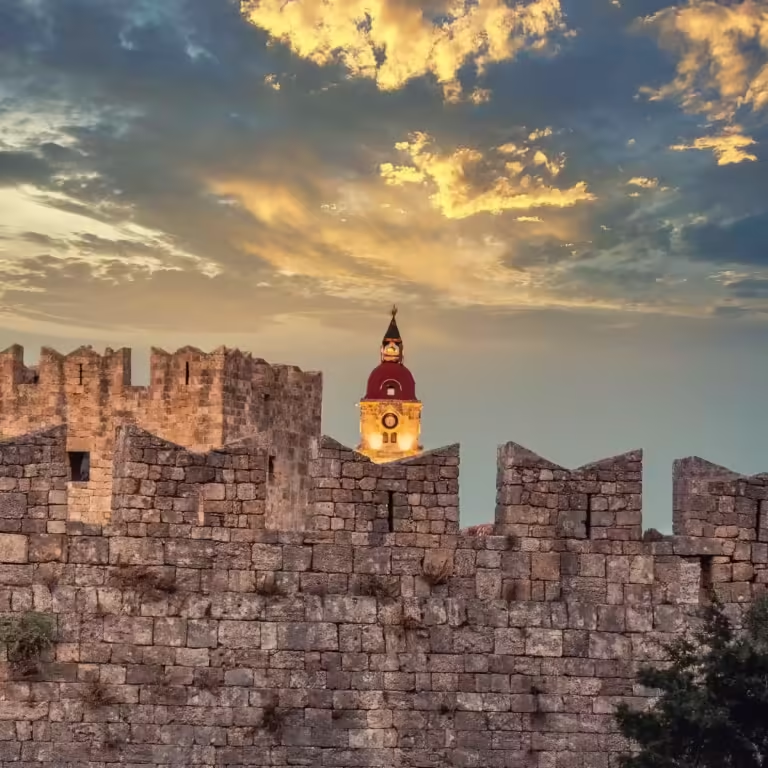
The Greek Orthodox Easter 2025

Both Catholic and Orthodox Christians will celebrate Easter 2025 on the same day, Sunday, April 20.
Easter (Pascha in Greek) is the most sacred and most dramatically celebrated religious feast in the context of the Greek Orthodox Church(1), full of rituals and customs, many of which originated long before the beginning of the Christian era.
Those lucky enough to be traveling in Greece during Easter will experience the rich pageantry and deep religious devotion expressed by the Greeks as, in Orthodox tradition, the faithful lively participate in the events of the death and resurrection of Jesus Christ.
The preparations for the celebration of the Resurrection start on Holy Thursday, the day that commemorates the Last Supper of Jesus with the Apostles. In the morning, groups of children visit all the neighborhoods of the town, carrying baskets, singing, and collecting flowers to decorate the bier of Christ.
On that day housewives traditionally will prepare tsourekia (sweet buns resembling brioche) and colored eggs with special red dyes. Since antiquity, the egg signifies the renewal of life while the red color symbolizes the blood of Christ.
Good Friday is the most sacred day of the Holy Week, the day of the culmination of the passion of Christ with the deposition from the cross and Christ’s burial. It is a day of mourning throughout Greece.
Housewives and children will go to church in the morning to prepare the Epitaphios, a wooden catafalque2 elaborately carved that represents the Tomb of Christ where His body will be put after the Apokathelosis (Deposition from the Cross). They will richly decorate it with spring flowers mostly white, red, and purple until it is covered by the flowers in its entirety and then it will be sprinkled with flower petals and rosewater, decorated with candles, and ceremonially censed as a mark of respect.
In the evening everything is silenced by the sound of slow bells tolling, lamenting the death of Christ. The air is full of the scent of livani a church incense made from frankincense and the fragrance of the spring flowers that cover the Epitaphios. Processions of Epitaphios are carried through almost all the streets of the towns and villages of Greece.
Then, at about 11 pm, the restaurants will fill up suddenly as everyone rushed to break their fasting with a traditional, Lent-friendly meal of seafood – grilled vinegar octopus, calamari rings, giant prawns served with their heads intact, and other items bring the evening to a close.
On Easter Saturday morning, preparations start for the festive dinner of the night of the Resurrection and housewives cook mayeritsa – a tripe and herbs soup only prepared at this time of the year. Shortly before midnight, people will gather in church holding white candles which they will light with the Holy Light 3 distributed by the priest.
When the latter chants Christós Anesti (Christ is risen) the atmosphere will fill with a loud noise, roaring cheers, and exploding firecrackers. The people exchange wishes with their lighted candles and the scent of incense and rush home or to their favorite restaurant. With the Holy Light of the candles they thrice make the sign of the cross on the door post over the front door of their houses for good luck.
Then they will all gather around the festively laid table to crack the red eggs 4 and feast on the traditional mayeritsa. After the long fast, this soup is soothing to the stomach and a gentle break from the fast.
On Easter Sunday morning, in many parts of the country lamb is prepared on the spit. In other regions, the meat for the Easter table – lamb or kid – is roasted in the oven. There is a festive atmosphere everywhere and people drink retsina, eat and dance usually until late into the night.
If you wish to calculate the Greek Easter dates you must take into account that:
- It must be based on the Julian calendar, not the Gregorian one.
- It must be after the Jewish holiday of Passover.
- It must be on the first Sunday after the first full moon after the Spring Equinox, which for this purpose is fixed as March 21st.
Notes
- The Greek Orthodox church is part of the Eastern Orthodox church. Until 1054, the Eastern Orthodox and Roman Catholic churches were one body.
- Catafalque: a raised structure on which the body of a deceased person lies or is carried in state.
- The Holy Light kept in the Greek Orthodox Church of the Resurrection in Jerusalem. Read also The miracle of the Holy Light.
- A funny custom, an egg smashing competition called tsougrisma. Each person chooses one of the red hard-boiled eggs to crack against someone else’s. The person whose egg doesn’t crack is considered to have good luck for the rest of the year. The egg symbolizes the new life of the Resurrection. The cracking of the egg is symbolic of Christ’s emergence from the tomb
- For an intense discussion of calculating Easter in general, with a short section on the special difficulties of calculating Greek Easter, see Claus Tondering’s detailed and long Calendar FAQ.






